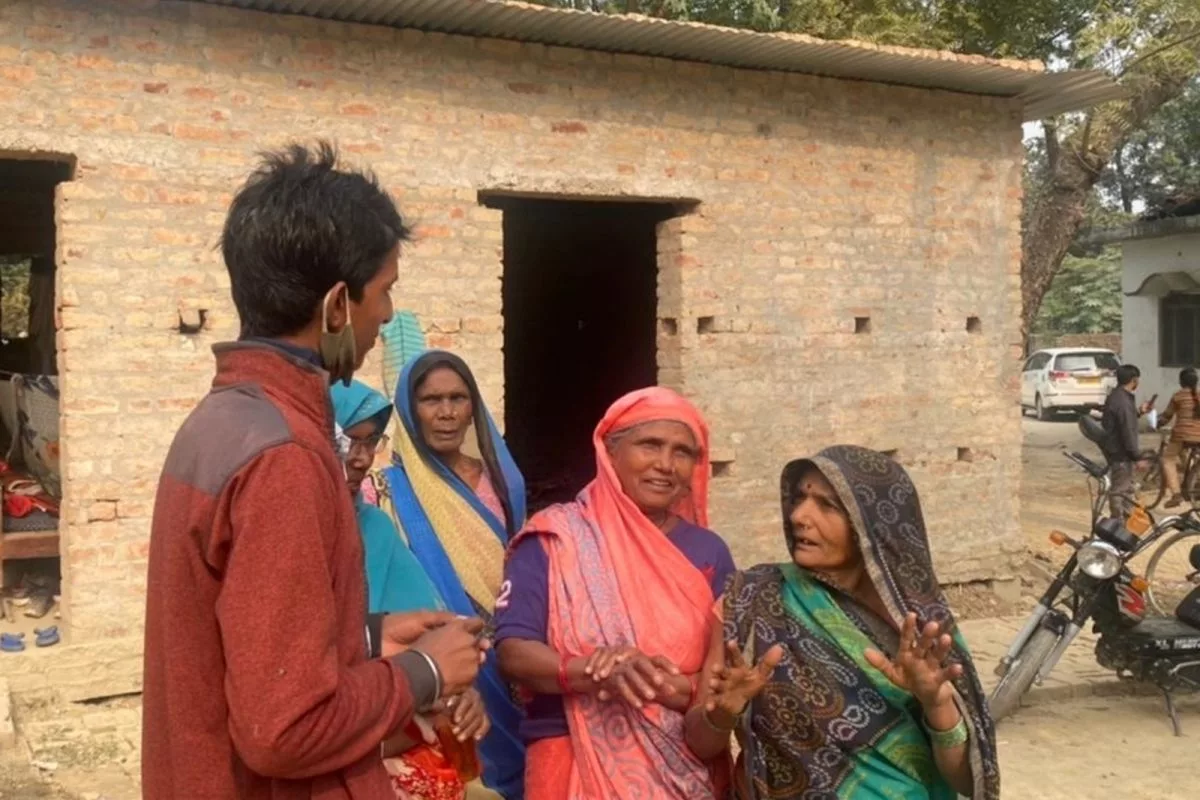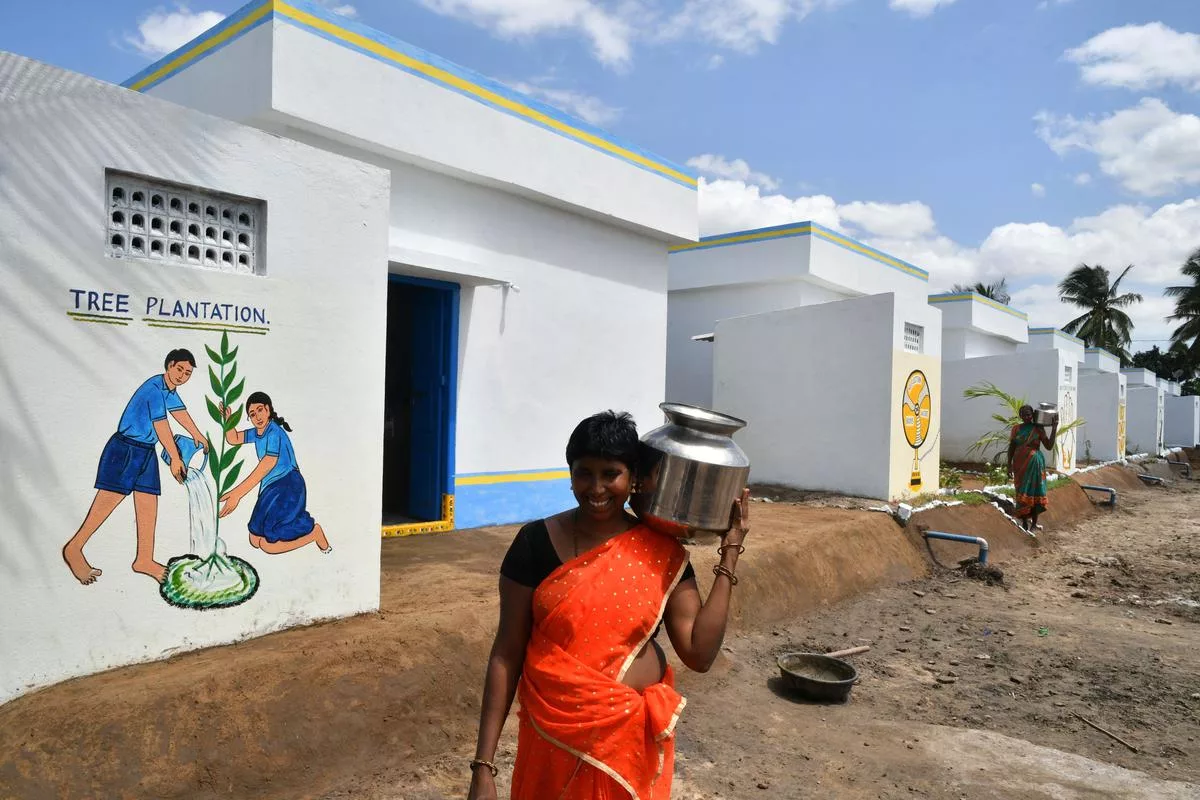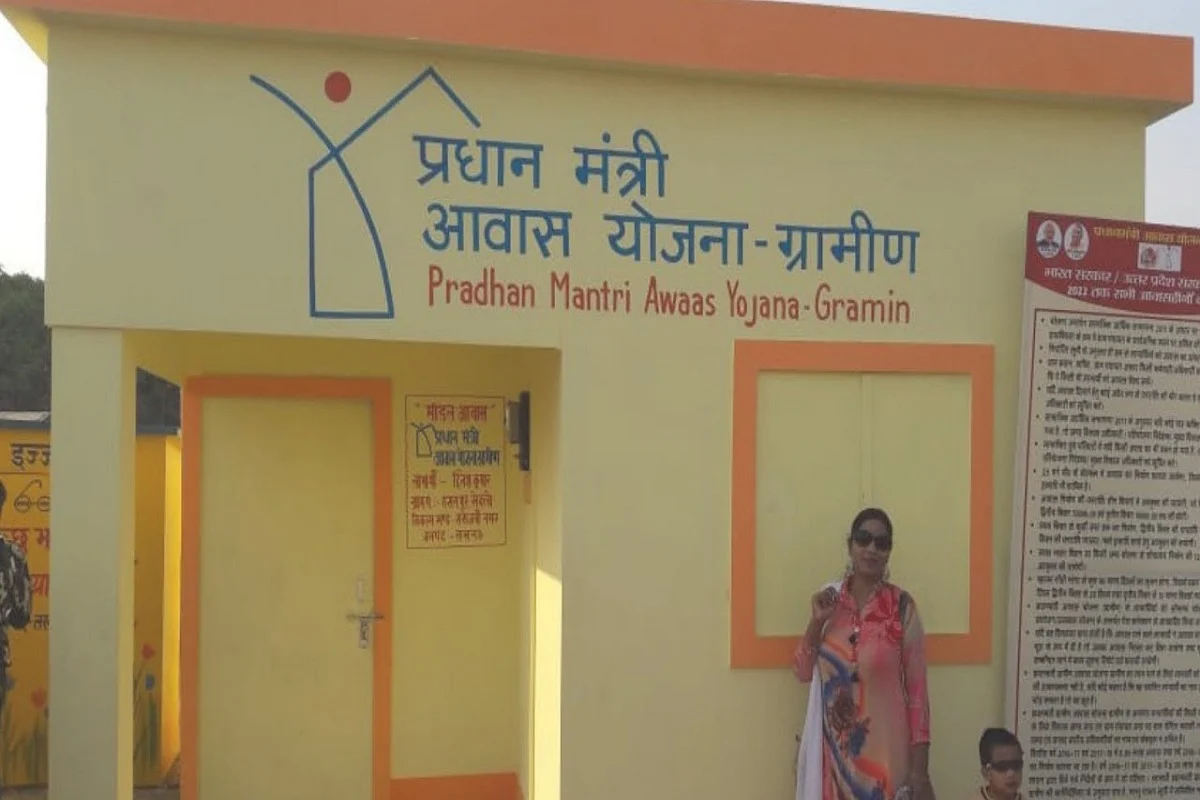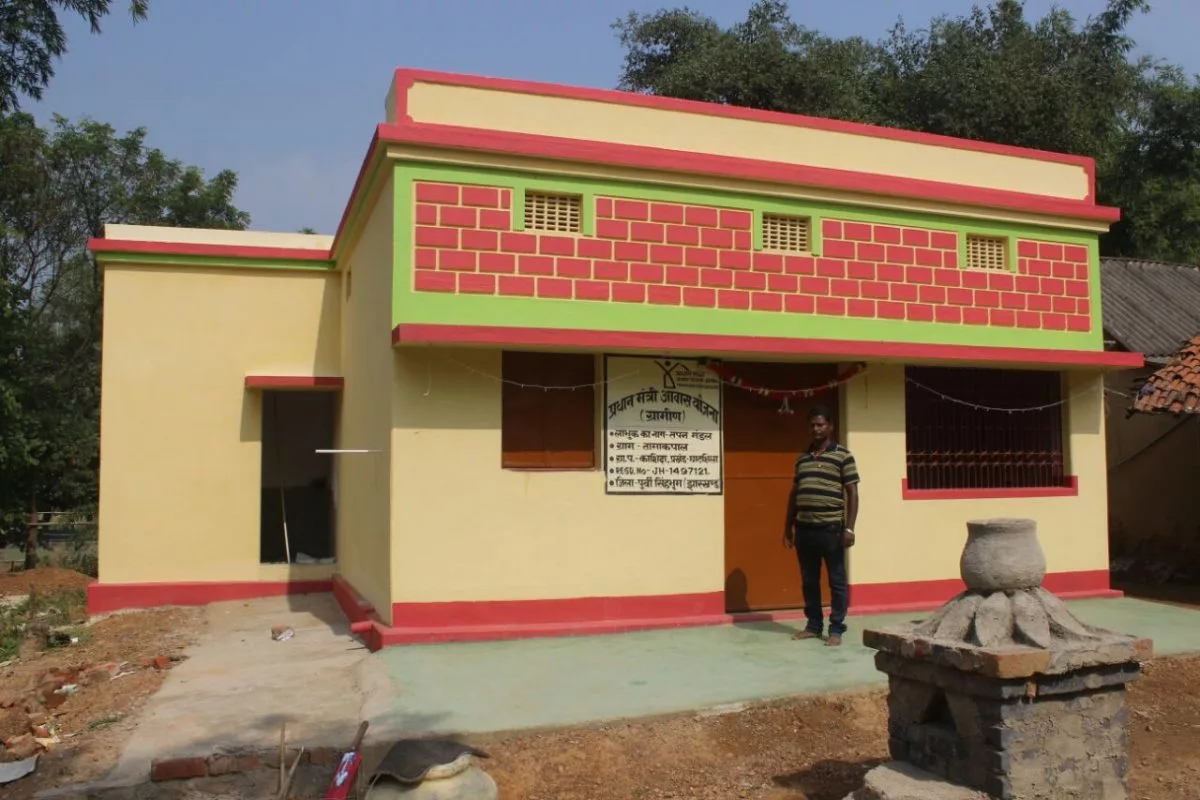A Look At What Made Modi’s PMAY Gramin Scheme A Success
After detailed planning and finalized beneficiary selection processes, the PMAY-Gramin was launched on November 20, 2016.

A Look At What Made Modi’s PMAY Gramin Scheme A Success
Modi’s government has built 29 million homes in rural India since coming to power in 2014, constituting 6 per cent of rural households in India. The Indira Awaas Yojana (IAY) completed nearly 7.5 million homes between 2014 and 2016 and still needs to be met, with another 4 million units yet to be constructed.
Providing direct cash transfers to verified bank accounts, setting up the state nodal account, and implementing other reform processes enabled this.
Currently, 21.35 million homes have been built across India, of which 9.45 million (44%) are for SC/STs, and 2.79 million (13%) are for minorities. Poorer states, regions, and districts are where most homes are built.
With PMAY-Gramin, social and regional disparities were bridged. An outstanding performance report by the Comptroller and Auditor General provided insight into all IAY critical failures that needed to be addressed before PMAYG could be planned.
Therefore, we developed housing typologies, agroclimatic zone-wise and soil-type-wise, by the best architects from the Universities to avoid repeating the same mistake.
Based on formal housing studies, they developed over 200 housing designs adapted to local climate, earthquake, wind, flood, rain, and other factors. States adopted them following intensive discussion and deliberation.
For poor households to be dignified, conducted an extensive costing exercise. The homework defended Rs 1.5-1.6 lakh (including 90 days of MGNREGS work and the SBM toilet). Connections to power, gas, and water are also prioritized.
Fortunately, the Socio-Economic and Caste Census (SECC-2011) results were released in July 2015, which allowed us to identify the program’s beneficiaries.
In addition to housing type and roofing material, it provided detailed information about the structure. Households were fairly honest because they did not know why the SECC was being conducted.
As well as being fair, the enumerators made accurate assessments. Those Gram Panchayats with two kutcha rooms were mapped using SECC data and ratified by the Gram Sabha.
Based on the SECC, 40.3 million households were identified as Kutchas, of which 25.4 million had been validated and confirmed to be Kutchas. PMAY identities were assigned using the SECC 2011 temporary identification numbers.
To ensure that the house’s woman would be a co-owner, efforts were made to ensure this. More than two-thirds of families are owned or co-owned by women.
A parallel process of following GPS-tagged assets in real-time, validating bank accounts, and making direct transfers to valid accounts was also carried out.
Throughout the process, technology was used as a means, not an end. For each beneficiary, physical records of their name and signature were necessary to ensure they did not receive a PMAY house.
Since there are physical records, the person who geotagged may be held responsible if they got it by corruption. The MIS, even for incomplete IAY homes then, was fully functional before PMAY Gramin was launched.
The district-specific accounts were closed and created a single state nodal account with credit for the state and central shares. Construction of this scale required trained masons, which was addressed by a 45-day on-site certificate training program.
These initiatives have also resulted in the creation of Rani Mistris (women masons). Due to the complex nature of construction, the training was conducted in the homes of Divyang, widows, and the ill. The old kutcha home was geotagged mandatory, as well as the image before.
As a result, about 20.3 million of the 25.4 million validated homes were turned down. Several other new kutcha homes had to be built for intergenerational families.
Surveying the same was very challenging. Many came forward seeking housing, including many who had already received IAY homes (and whose condition had deteriorated).
It will be necessary for housing policies to define intergenerational housing entitlement, or else a never-ending demand will emerge. By 2024, it will build six million new homes to serve nine million new beneficiaries.
The partnership between state and local governments is critical to the PMAY Gramin. States in the mainland contribute 40% of funds, while the Himalayan and northeastern states contribute 10%.
Several Secretaries of State participated in writing the Framework for Implementation. The states consistently supported initiatives to improve financial management and governance and build capacity.
In this massive effort, they worked together and respected one another. We designed awards for performers and ranked states and districts together, tracking laggard blocks.
In partnership with states, they negotiated banks to fund bigger aspirational homes for beneficiaries. Ajay, Prashant, Nagesh, and Ramakrishnan’s enthusiasm and hard work made this project successful.
The difference was made with teamwork, technology, partnerships, public information, direct transfers to validated accounts, and geotagging.
Externally evaluated by the National Institute of Public Finance and Policy (NIPFP), N R Bhanumurthy’s program reveals what has worked and what hasn’t, and the recommendations and findings of the Common Review Mission were invaluable.
PMAY Gramin, therefore, deserves more funding in the budget. Rural housing has many multisectoral growth impacts as well.
Metals, cement, pipes, fittings, glass, etc., are all in demand. In this way, poverty-stricken households are provided with jobs, and their dignity is restored – a win-win situation for economic development and social progress.




